Andrea Capobianco Dondona
Spotting insects from satellites: modeling the presence of Culicoides imicola through Deep CNNs
Nov 22, 2019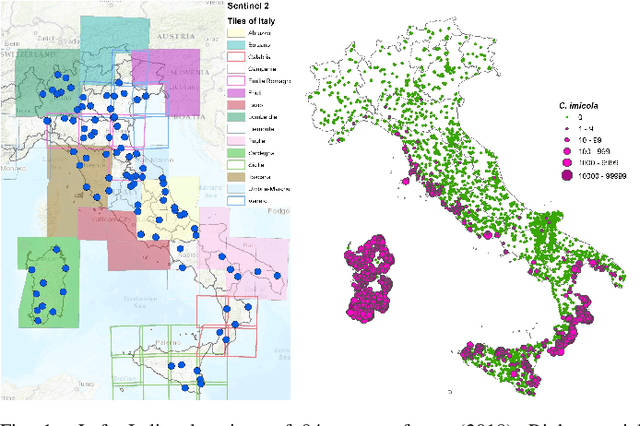
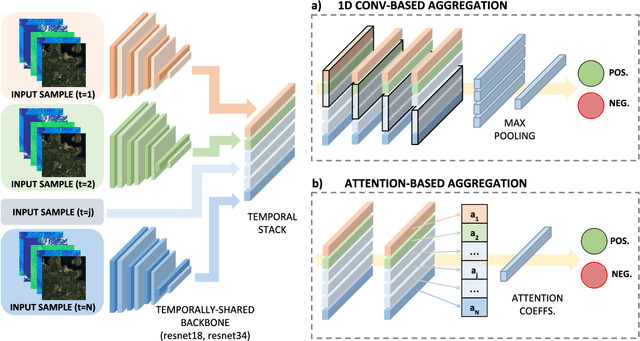
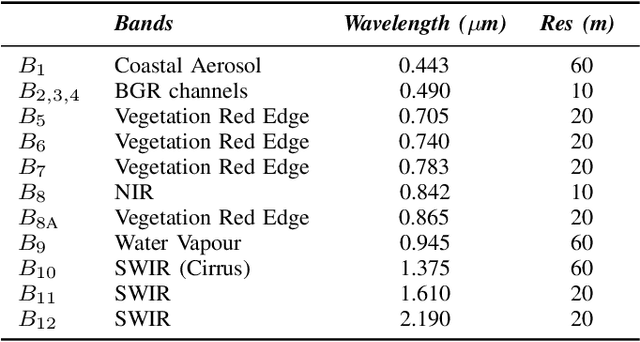

Abstract:Nowadays, Vector-Borne Diseases (VBDs) raise a severe threat for public health, accounting for a considerable amount of human illnesses. Recently, several surveillance plans have been put in place for limiting the spread of such diseases, typically involving on-field measurements. Such a systematic and effective plan still misses, due to the high costs and efforts required for implementing it. Ideally, any attempt in this field should consider the triangle vectors-host-pathogen, which is strictly linked to the environmental and climatic conditions. In this paper, we exploit satellite imagery from Sentinel-2 mission, as we believe they encode the environmental factors responsible for the vector's spread. Our analysis - conducted in a data-driver fashion - couples spectral images with ground-truth information on the abundance of Culicoides imicola. In this respect, we frame our task as a binary classification problem, underpinning Convolutional Neural Networks (CNNs) as being able to learn useful representation from multi-band images. Additionally, we provide a multi-instance variant, aimed at extracting temporal patterns from a short sequence of spectral images. Experiments show promising results, providing the foundations for novel supportive tools, which could depict where surveillance and prevention measures could be prioritized.
Multi-views Embedding for Cattle Re-identification
Feb 13, 2019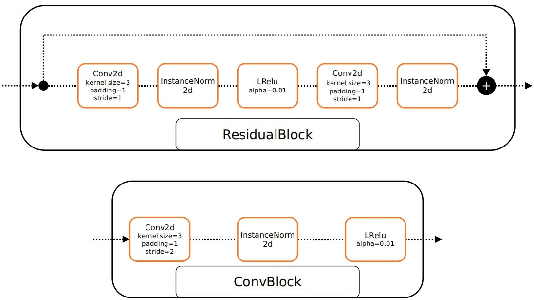
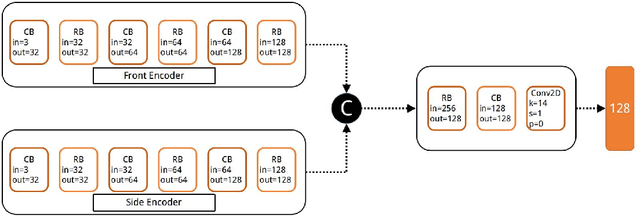
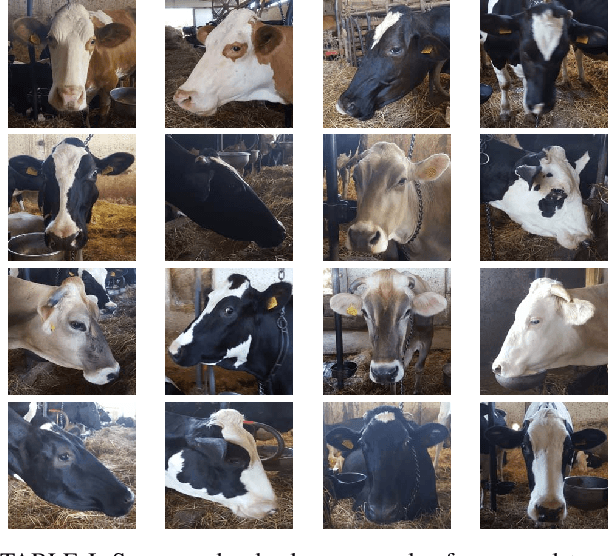
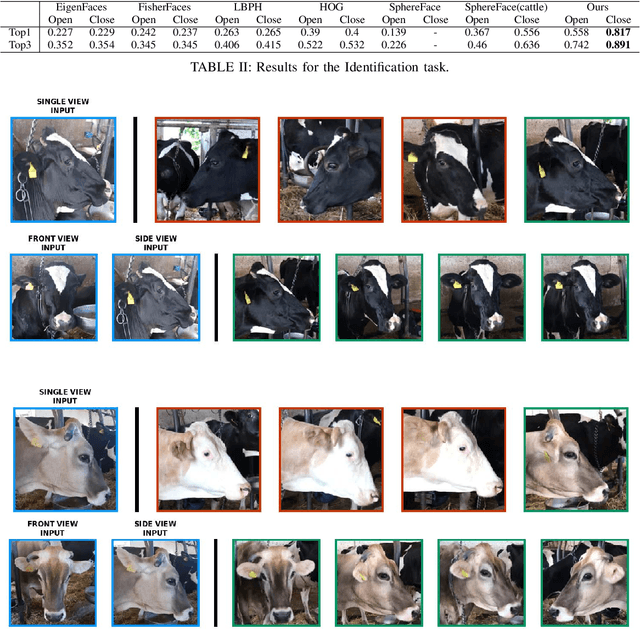
Abstract:People re-identification task has seen enormous improvements in the latest years, mainly due to the development of better image features extraction from deep Convolutional Neural Networks (CNN) and the availability of large datasets. However, little research has been conducted on animal identification and re-identification, even if this knowledge may be useful in a rich variety of different scenarios. Here, we tackle cattle re-identification exploiting deep CNN and show how this task is poorly related with the human one, presenting unique challenges that makes it far from being solved. We present various baselines, both based on deep architectures or on standard machine learning algorithms, and compared them with our solution. Finally, a rich ablation study has been conducted to further investigate the unique peculiarities of this task.
 Add to Chrome
Add to Chrome Add to Firefox
Add to Firefox Add to Edge
Add to Edge